What are the Rules of Skydiving?
Skydiving Safety
Posted by: Wisconsin Skydiving Center 3 years ago
While skydivers may have a reputation for being lawless daredevils, nothing could be farther from the truth. Yes, we like to push beyond the boundaries of our comfort zone, but we do not do so in blatant disregard for our own safety or the safety of others.
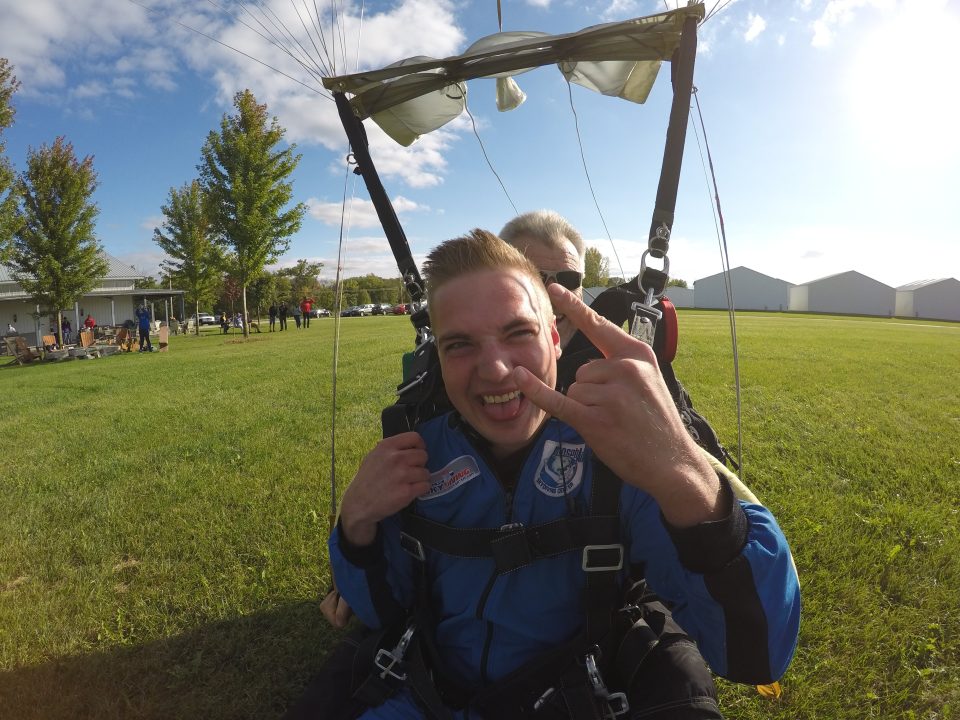
In fact, in the sport of skydiving, we dedicate ourselves to mitigating risk. Likewise, in order to minimize risk and maximize safety, there are several rules that we follow. So, what are the rules of skydiving?
Federal Aviation Regulations
As a recognized aeronautical activity, certain aspects of skydiving fall under the purview of the Federal Aviation Administration (FAA). The skydiving rules covering parachute operations are primarily laid out in section 105 of the Federal Aviation Regulations (FARs).
Some of these regulations apply to operational restrictions such as flight visibility and cloud clearances, like FAR 105.17 which, in layman’s terms, says that you cannot jump through a cloud and must maintain a certain distance from them. Other regulations apply to skydiving gear requirements, like FAR 105.43 which specifies who may pack a reserve parachute (an FAA-certified rigger) and the repack cycle (every 180 days). There are even tandem skydiving-specific rules and regulations issued by the FAA (FAR 105.45) that cover instructor and tandem skydiving gear requirements.
Age Requirement For Skydiving
The United States Parachute Association (USPA) is a voluntary, non-profit membership organization for skydiving. As a member of this organization, Wisconsin Skydiving Center has pledged to abide by the Basic Safety Requirements the USPA has established. One of these requirements applies to the minimum age required to participate in skydiving operations. At this time, jumpers must be 18 years of age or older to make a skydive*.
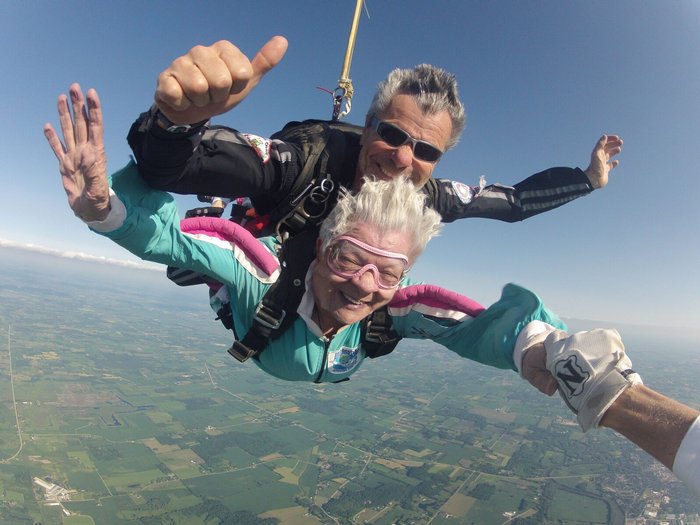
*Exemptions to the minimum skydiving age for tandem students have been made for terminally ill individuals pending approval from the skydiving gear manufacturer.
Weight Requirement For Skydiving
Skydiving weight requirements are not in place to be discriminatory. Rather, the weight limit comes down to safety.
Skydiving equipment is issued a Technical Standard Order (TSO) by the FAA. The TSO specifies the minimum conditions under which the gear will operate properly. For the skydiving equipment used for tandem skydiving the TSO is weight specific, meaning there is a specific amount of weight that the tandem system can bear. This is why we have a weight restriction.
At Wisconsin Skydiving Center, our weight limit is 260 lbs. However, there are also specific altitude restrictions for jumpers above 200 lbs.
If you’ve ever wondered, do heavier skydivers fall faster? The answer is yes. Heavier jumpers will actually have a higher terminal velocity. Because the speed of descent is higher, the force of parachute deployment is also greater. This greater force experienced on opening increases the likelihood of parachute damage. If exiting from a lower altitude, the higher terminal velocity is not reached prior to deployment. So, in order to minimize the risk of parachute damage, we have a lower exit altitude (8,000’) for jumpers over 200 lbs.
Basic Safety Requirements & Other Skydiving Rules
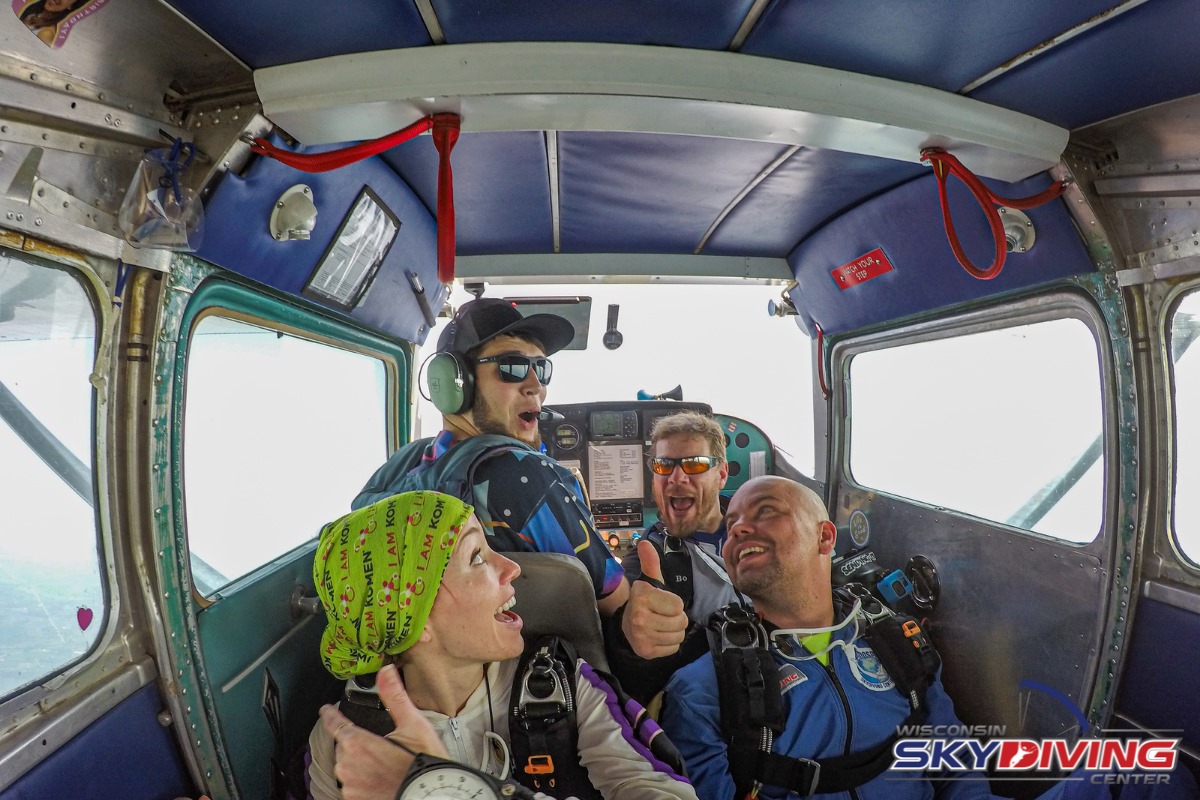
One of the missions of the USPA is to promote safe skydiving through training, licensing, and instructor qualification programs. As we mentioned above, the USPA has a list of Basic Safety Requirements (BSRs) to which group members must adhere. These BSRs are collected within the Skydiver Information Manual (SIM).
These skydiving rules cover wind restrictions, medical requirements, minimum parachute opening altitudes, night jump regulations, and even rules that cover the special skydiving equipment needed for high altitude skydives above 15,000 feet.
In addition to these rules, there are also skydiving safety recommendations included in the SIM. One such rule covers the use of a camera while skydiving. The rule for skydiving with a camera is that an individual must have at least a USPA C skydiving license, a minimum of 200 skydives, and have made at least 50 recent skydives with the parachute equipment to be used.
One Last Rule
This last skydiving rule is unspoken, and yet, universally followed. Leave your problems at the door, and have a little fun! Work stress, worries, and the outside world have no place here. The dropzone is a safe space: a place to let loose, be yourself, and fly! Truly, it’s one of the most important rules of all.
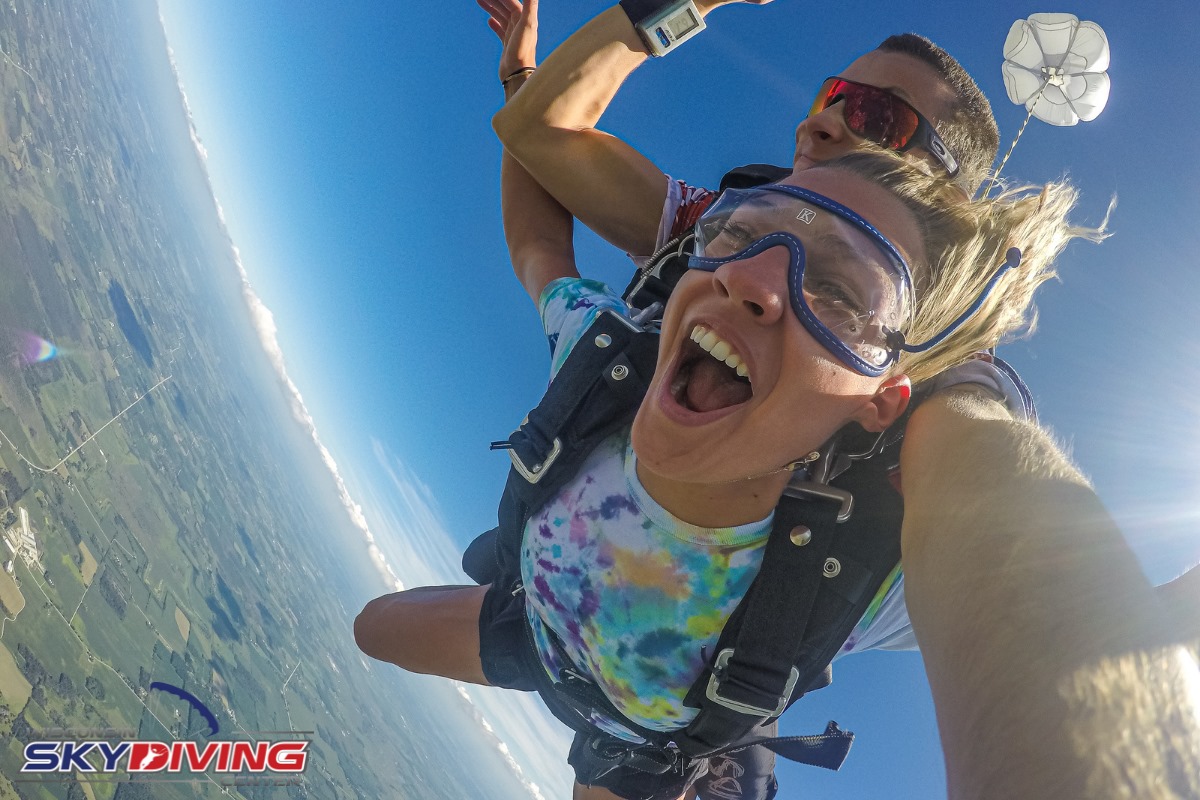
Skydivers like to keep a healthy balance between the fun we have and the rules we follow. It’s why we train hard and strive to learn as much as we can. The goal is to have a great time and to be as safe as we possibly can.
Interested in learning more about skydiving for the first time? We can help you prepare for your first jump. Or if you’re ready to seal the deal, call or click to schedule your skydive today!
Categories:
You May Be Interested In:
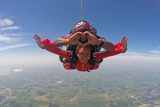
23 of the Best Skydiving Quotes and Captions for Social Media
2 months ago by Wisconsin Skydiving Center
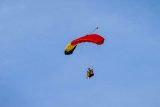
What Is Swooping In Skydiving?
4 months ago by Wisconsin Skydiving Center
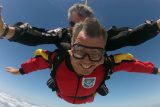
What’s a Skydiving AAD & Why It Matters
10 months ago by Wisconsin Skydiving Center

How Much Experience Do Skydiving Instructors Have?
11 months ago by Wisconsin Skydiving Center